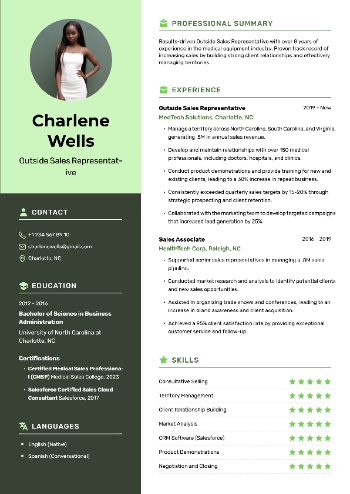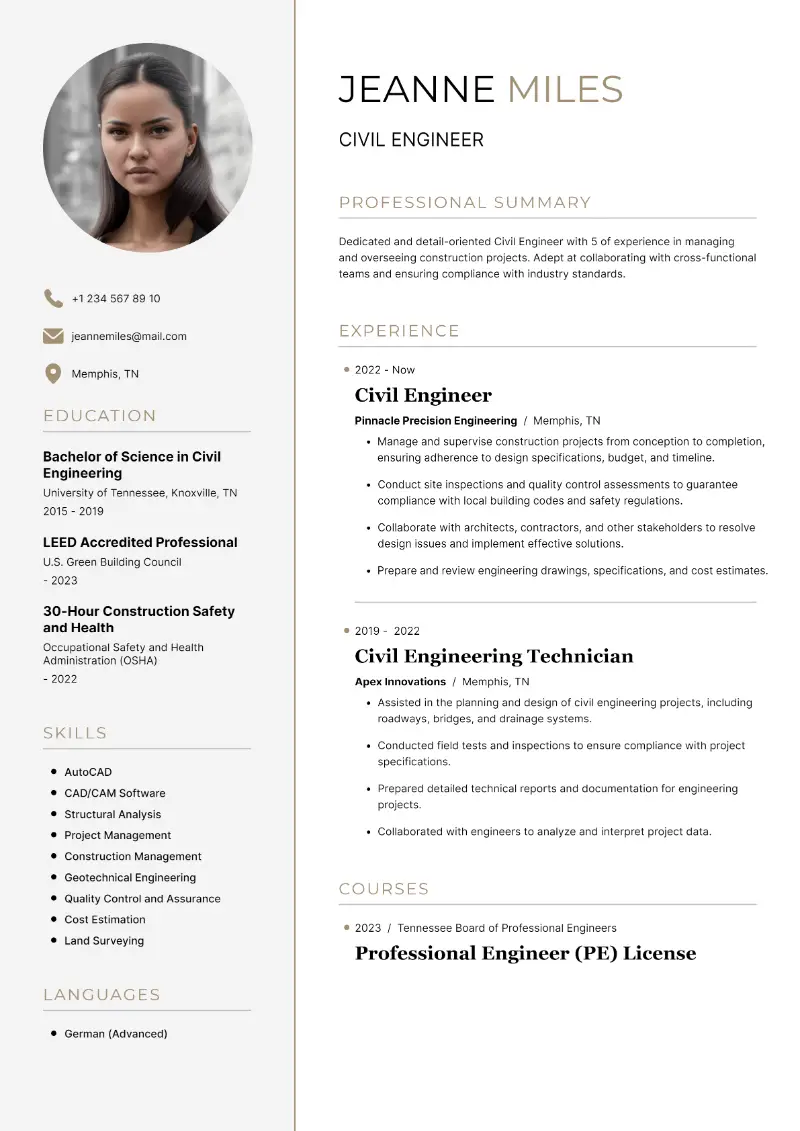Work-life balance has become a critical focus in today’s fast-paced, always-connected world.
With the blurring of boundaries between business and personal life, especially in the age of remote work and digital communication, finding a harmony that supports both success and well-being can feel like a constant challenge.
In this article, we’ll explore work-life balance meaning and practical strategies to help individuals create frontiers, prioritize self-care, and cultivate a lifestyle that supports productivity.
What is a work-life balance?
It is the ability to effectively juggle the demands of job and private desires while maintaining an overall sense of comfort.
It involves managing responsibilities in a way that doesn't overshadow personal time, allowing space for relaxation, hobbies, relationships, and self-care.
The goal is not to divide time equally between work and leisure, but to create a dynamic where both areas are fulfilled.
Importance of work-life balance:
- Reduces stress and prevents burnout, supporting emotional stability.
- Candidates with balance are often more focused and productive in their tasks.
- Time for rest and fitness helps lower the risk of illness and improves well-being.
- More off-hours allows for deeper connections with family, friends, and loved ones.
- A balanced approach leads to higher levels of contentment and engagement at work.
- Employees who manage both job and personal life effectively are more likely to remain in their roles.
- Harmony promotes a clearer mind, fostering fresh ideas and problem-solving skills.
- Proper planning results in better task prioritization and time allocation.
- Balancing career and private affairs offers opportunities for growth, hobbies, and self-discovery.
How to balance work and life?
Finding life-career alignment is an ongoing process that demands conscious effort and smart time management. Here’s a comprehensive guide with techniques and methods to help you find a healthy work-life balance.
1. Mark Firm Boundaries
- Define Work Hours: Establish clear start and end times for your workday. Resist the temptation to check emails or engage in tasks after hours.
- Create a Workspace: Designate a specific area in your home to keep professional activities separate from personal space.
- Activate "Do Not Disturb": Use your phone and computer settings to limit interruptions during personal time.
2. Organize Undertakings
| Techniques | Description |
|---|---|
| Eisenhower Matrix | Divide endeavors into four categories: Urgent and Important, Not Urgent but Important, Urgent but Not Important, and Not Urgent and Not Important. |
| Time Blocking | Assign specific periods for each duty or activity. |
| ABCDE Method | Rank responsibilities from A (most) to E (least critical). |
3. Learn to Say No
Before agreeing to take on new projects, review your existing obligations. If your plate is full, refusing additional work is necessary to avoid burnout. Politely explain your reasons for not accepting a request. Be straightforward but courteous about your constraints.
If appropriate, recommend someone else who can help or propose a different solution. This shows you're still offering support without overburdening yourself. Reframe your refusal in a positive light.
4. Pick Up Regular Breaks
Systematic breaks are essential for sustaining focus, reducing fatigue, and boosting overall performance.
Try the Pomodoro Technique
- Work for 25 minutes and then acquire a 5-min break. After completing four sessions, enjoy a longer break of 15-30 minutes.
Incorporate Short Pauses
- Seize quick, frequent moments throughout the day to rest. Even brief pauses of 1-2 minutes can help alleviate tension. Use breaks to stand up, stretch, or walk around.
5. Prioritize Health to Get Work and Life Balance
- Exercise Consistently: Constant physical activity boosts energy levels, improves mental clarity, and reduces stress. Even brief workouts or daily walks can make a difference.
- Mindfulness Practices: Incorporate meditation or exercises to reduce anxiety. Apps like Calm or Insight Timer can guide you.
- Sleep Well: Ensure you get adequate rest each night. Good sleep hygiene includes creating a calming nighttime routine and avoiding screens before bed.
6. Make Time for Personal Activities
- Pursue Hobbies: Reserve a slot for actions that bring you joy and fulfillment, whether it’s reading, painting, or gardening.
- Engage in Social Interactions: Make plans to regularly connect with friends, family, or colleagues to maintain strong bonds.
- Disconnect from Technology: Designate time during the day or week to unplug from digital devices.
Work-life balance examples
- An employee adjusts their daily schedule to accommodate personal needs, like picking up children from school.
- A team member works from home on certain days, minimizing commute time and allowing more flexibility for personal obligations.
- Allocating specific time during the week to engage in activities such as painting, reading, or playing a musical instrument.
- A person steps away from their workspace periodically to take a walk, enjoy a snack, or practice a brief relaxation exercise.
- Using vacation days to recharge and spend quality time with family or explore new destinations.
- Setting aside evenings or weekends to center entirely on significant others.
- A person organizes their workload and delegates tasks when necessary to avoid feeling overwhelmed.
Best jobs for work-life balance
Such careers are ideal for those seeking versatility and autonomy in their work. Many positions in this category facilitate remote or freelance opportunities, enabling employees to plan their own hours.
These roles often focus on output, rather than strict office hours, giving individuals greater control over how they manage their personal time.
Work-life balance jobs:
Wellness professions, while demanding, can offer good work-life balance when structured with flexible shifts or part-time hours. Many of these posts, consent applicants to make their schedules.
This ensures that caregivers can maintain a fulfilling personal life while still making a positive impact on their communities.
Roles with balance of work and life:
- Physical Therapist
- Nurse
- Mental Health Counselor
- Massage Therapist
- Occupational Therapist
These occupations involve project-based or modifiable arrangements where people can work from home or on their own time. These vocations accommodate for a more adaptable schedule, enabling agents to better manage their work alongside family, commitments, and self-care.
Consultants, for example, frequently have control over the type of work they take on and when it gets done, providing a high degree of balance between professional and personal life.
Healthy work-life balance careers:
- HR Specialist
- Accountant
- Project Manager
- Business Analyst
Jobs in public service tend to have structured schedules, with built-in breaks and holidays, making them ideal for maintaining a work and life balance. These professions also bring a sense of purpose and fulfillment, which contributes positively to overall well-being.
Positions with optimal time management:
- Teacher
- Librarian
- School Counselor
- Professor
- Educational Coordinator
Communication roles typically involve the flexible nature of telesales, making them great options for individuals who value balance. Social media managers, content strategists, and other professionals can often structure their day in a way that suits their lifestyle.
The focus on creativity and strategic thinking rather than rigid office hours gives candidates in these assignments the freedom to prioritize leisure and personal development.
Lifestyle-oriented careers:
- Marketing Specialist
- Social Media Manager
- Public Relations Specialist
- Content Strategist
- SEO Specialist
Analytical roles offer flexibility, especially in settings where professionals can manage their hours around personal obligations. The nature of the work in this category also often provides time for deep thought and problem-solving, which can lead to a rewarding and balanced lifestyle.
Work-life balance jobs:
- Data Analyst
- Research Scientist
- Clinical Research Coordinator
- Epidemiologist
Work-life balance tips
- Take time at the beginning of each week to plan out your priorities.
- If a task takes less than two minutes to complete, do it right away.
- Instead of saying “no” immediately, learn to say “not yet.”
- Pick up a hobby that’s purely for fun and relaxation—something that doesn't involve your work.
- Schedule time to do nothing or engage in mindless activities, like watching TV or daydreaming.
- Instead of just having a to-do list, create a “done” list.
- It’s easy to overfill your calendar with social obligations.
- Invest time in personal growth, whether through learning new languages or attending workshops.
Conclusion
In conclusion, achieving work-life balance is essential for maintaining both professional success and personal well-being. It involves finding a harmonious blend between responsibilities and interests, which can enhance overall happiness, health, and productivity.
Striving for balance of work and life is not just a goal, but an ongoing practice that leads to a more fulfilling and sustainable life in the long run.
Create your professional Resume in 10 minutes for FREE
Build My Resume
























